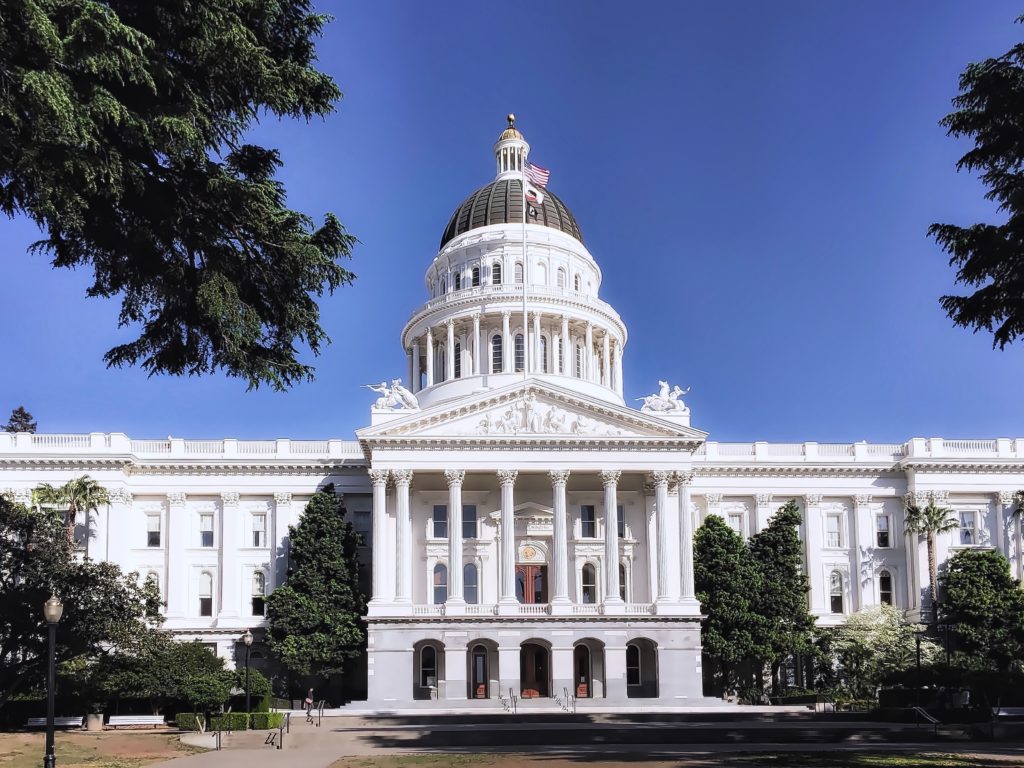Several weeks ago, some of you received an email from your JohnHart agent about a promising new housing loans initiative. Dubbed the California Dream For All Shared Appreciation Loan, it sought to level the playing field for disadvantaged Californians with aspirations of homeownership. Yet, less than two weeks later, the program has already dispersed all of its funding. And the beneficiaries of the Dream For All housing loans aren’t quite as diverse as anticipated.
A Dream for Some

The California Dream For All program was officially halted on Thursday, April 6, citing lack of funds. The checkered flags had been waved less than two weeks earlier on Monday, March 27. When the smoke cleared, the $288 million in funding had been allocated to 2,564 prospective homeowners. Not exactly a dream for all.
Qualifying households needed to earn less than 150% of their county’s median earnings. Therefore, approximately two-thirds of the program’s funding was allocated to households making less than $125,000 annually.
But the disbursement of loans was not even across the counties. For example, Los Angeles County, despite boasting over a quarter of the state’s population, received just 9% of the funds from the California Dream For All program. Meanwhile, Sacramento County, home to just 4% of Californians, secured 11% of the program’s funds.
Did the California Dream For All Program Work as Planned?

This brings into question whether the California Dream For All program leveled the playing field after all. And the eyebrows raise even further when we look at how funds were distributed according to race. Per documentation obtained by CalMatters, 65% of the program’s recipients identified as white. Of that percentage, only 34% identified as Hispanic/Latino.
With equal representation in the housing market being a major focus of the California Dream For All program, the California Housing Finance Agency (CalHFA) has addressed the skewing of this collected data. Representatives point to the fact that, with 25% of homeowners in the state identifying as Hispanic/Latino, the 34% receiving housing loans points to the program working as intended.
However black families appear to have been underrepresented. And with so many white families in Sacramento depleting the available housing loans, it seems there’s still some finetuning to do with getting the word out should the program continue in the future. After all, California does not allow affirmative action as representatives of CalHFA have pointed out.
Why Don’t Recipients of Housing Loans Match Demographic Trends?

With Sacramento being the capital city of California, it’s theorized that more Sacramento real estate professionals knew the California Dream For All program was coming down the pipeline. And with active home hunters clued in, they had a significant advantage over the rest of the state.
The disproportionate nature of the funds disbursement may also have to do with the affordability of homes in certain areas of the state. Los Angeles holds a lofty $891,820 median home price according to Zillow. Even with the support of the California Dream For All program, that kind of market can be daunting for first time homebuyers.
This begs the question: did the California Dream For All program inspire any families who weren’t already invested in homeownership to take the plunge? The current average amount of housing loans paid out by the program is around $112,000.
The High Cost of Future Dreams

Could the California Dream For All program live up to its name in the future? It’s possible, but most likely not for some time. With funding depleted, it’s up to California lawmakers to negotiate any potential funding for the future.
The demand is there. And with California inching up to overtake Germany as the fourth largest global economy, it’s feasible to imagine the program will move forward again in some form. But these things take time. Fortunately, Californians have a gift for making dreams come true without any help. In the meantime, reach out to Hector Torres about currently available options for housing loans!

Comments
Post a Comment